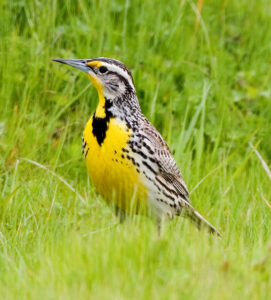BY HANNES THUM

It can be hard to know what to wear this time of year. The temperature swings daily from one side of freezing to another, and the jacket that I wear in the morning quickly starts to feel pretty silly once I’m sitting in the sun on a south-facing hillside and seriously considering if I need any clothes at all beyond those legally required; the T-shirt that I wear in the garden in the afternoon feels great until the sun quietly slips behind Carbonate and I suddenly start casting about for any kind of insulating cover just as surely as if I had jumped back in time a few months to the cold, dark nights of early January.
We have arrived at that peculiar time of year when we crank the car heater in the morning but roll the windows down for a breeze after lunch. When snow squalls can surprise the high country while people sip summery cocktails on the porch down in town.
What an odd time to be alive.
The signs of spring are coming rapidly now.
Recently, I took a walk through the woods with my students and asked them to spread out and search for signs of springtime and to holler out when they find one. Soon, the forest was all chaos of yells and overlapping kids’ voices as they shouted, “found some new green shoots over here!” or, “the ice is gone from the creek!” back and forth. There was plenty to notice, if you want to. Then, out of the corner of my eye, I watched a small group of deer slipping stealthily out of the woods away from us and across the creek and up a sage-covered hillside.
The deer, too, showed springtime in their bodies and in their movement. The hair on their hides showed the pale, white clumps of what was left of the winter coat that was almost molted off. They hadn’t felt too much need to move very far and they resumed their easygoing grazing in the warm sun a little ways away – this is a far different time of year than the dead of winter when their lives were defined by cold, fear, and starvation.
The river is taking on a bit of color as every stream and rivulet upstream begins to shed its snowpack and move sediment down. Dust already comes up from my footsteps. The ground is warmer. The vultures are back.
And then, there’s the song of the meadowlark. Suddenly, they too are back to their singing on tops of the bushes and snags in the south valley. I hear them, always, before I can see them on long morning walks through the sage hills. There’s nothing like that sound. And there’s few surer signs of spring in my world.
I have never been able to find the right words to describe the meadowlark’s song. Whistles? Warbles? Gurgling warbly whistles? I simply can’t get words to fit.
Language has its limits. Or, at least, mine does. It strikes me that there is more going on than we have figured out quite how to take proper note of.
Hannes Thum is a Wood River Valley native and has spent most of his life exploring what our local ecosystems have to offer. He currently teaches science at Sun Valley Community School.


